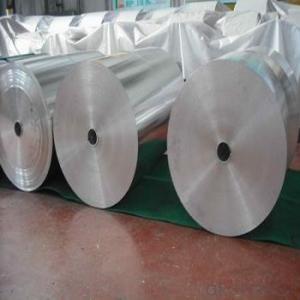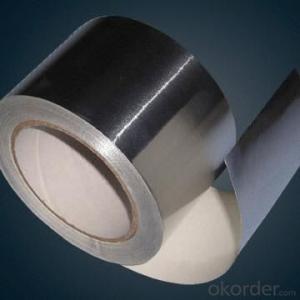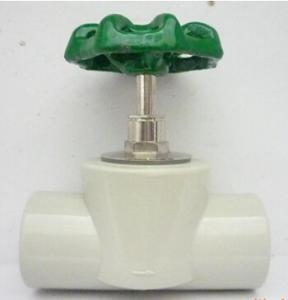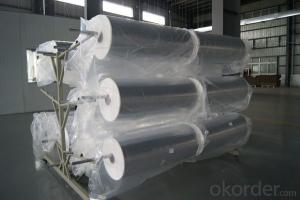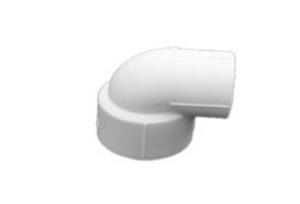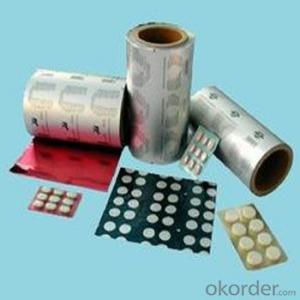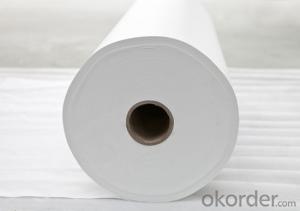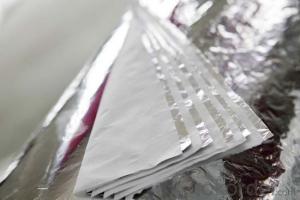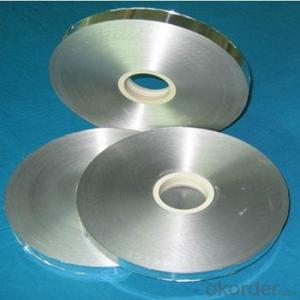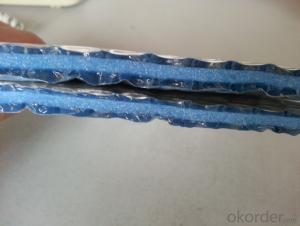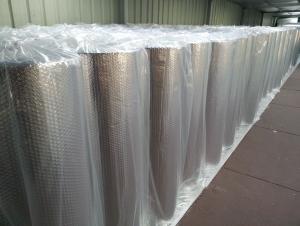Aluminum Foil On Bananas
Aluminum Foil On Bananas Related Searches
Led Light Bulbs For Ceiling Fixtures Led Lamps For Ceiling 42 In Ceiling Fan With Light Aluminum Coil Stock For Gutters Aluminum Foil For The Grill Hole Saw For Aluminum Plate Aluminum Tread Plate For Trailer Bow Plate For Aluminum Boat Aluminum Foil For Grow Room Aluminum Foil For Joint PainHot Searches
Stock Price For Aluminum Aluminum Coil Stock For Sale Aluminum Gutter Coil For Sale Used Aluminum Scaffolding For Sale 1/4 Aluminum Plate For Sale Aluminum Bar Stock For Sale Aluminum Round Stock For Sale Aluminum Diamond Plate For Sale Aluminum Scaffolding For Sale Craigslist 6061 Aluminum Plate For Sale Aluminum Dock Plate For Sale 7075 Aluminum Plate For Sale Aluminum Tread Plate For Sale Aluminum Checker Plate For Sale Aluminum Plate For Sale Near Me Plate Aluminum For Sale Aluminum Plate For Sale Aluminum Square Stock For Sale Aluminum Flat Stock For Sale Billet Aluminum Stock For SaleAluminum Foil On Bananas Supplier & Manufacturer from China
Okorder.com is a professional Aluminum Foil On Bananas supplier & manufacturer, offers integrated one-stop services including real-time quoting and online cargo tracking. We are funded by CNBM Group, a Fortune 500 enterprise and the largest Aluminum Foil On Bananas firm in China.Hot Products
FAQ
- on a traditional pitched roof construction,where is heat insulation usually provided?
- Generally, the insulation is blown in loose fiberglass to around 14 inches -- R 38, between the ceiling joists. Radiant barrier roof decking is often used in conjunction with this method, along with excellent attic ventilation to allow heat to escape. Sometimes, with foam insulation in new construction, the foam is installed between rafters, to create air conditioned attic. This is much more expensive, but if done right, can result in greatly lowered energy consumption. This method requires outside air having a way to get into the home, requires special AC and heat equipment, and if the wall insulation and window package aren't up to snuff, much of the effect is lost, resulting in wasted money -- tens of thousands of dollars, literally.
- How do I adequately insulate my attic roof to make the space a bit more habitable in the winter? The floors to the living area below are already insulated and we have a gable mounted fan which is great in the summer. I am thinking of adding insulation to the roof with baffles underneath for air circulation through the soffit vents. Am I anywhere near an idea that may work?
- Such an interesting question when you sit down to answer it. First off, if there are any vents to the exterior, its not likely that you will want any additional heat to enter the space, as it will flow out of the vents to the outside and cost far more money than heat that is lost by thermal transfer, through the doors, windows and insulated walls and ceilings. So, any increase in the source of heat would mean closing the system to outside air vents like the fan and the soffit vents. If you want to heat the space, you'll need to insulate the roof by adding fiberglass batting to the space between the rafters and then drywall or panel depending on local building code and your preferences. Then you'll need an avenue for heat to reach the attic which can be as simple as cutting a couple of floor grates through to the heated space below, but you'll want cold air return ducting to send the cold air that is displaced by the heated air back down to the furnace. Then you'll need to seal the gable fan and insulate, perhaps with a box you can remove in the spring and replace in the fall. Now that the attic is integrated in the HVAC system, you no longer need the soffit vents. If you don't have a forced air system, there is less concern about the cold air return, as your heat source would be in the room or you can just use floor grates on opposite ends of the room for both the warm air and cold air exchange. Place one near the heat source below and one well away from it.
- I am purchasing a mobile home with a shingled roof. The shingles need to be replaced (>15yrs old) and with the cost of heating going up each day I thought I would added some of that 2" thick rigid insulation. I would place this right on top of the existing roof and then place the firring strips for the metal roof right on top of the rigid insulation panels (which are 4x8'). By using 3" galvanized sheet rock screws I will get a good solid attachment. Then I will put the metal roofing on to the firring strips as normal. Does anyone see any downside to doing this? Has anyone tried this before?
- I agree with the soundness of every part of your plan EXCEPT not removing the original shingle roof. The shingle roof is already at the end of its usable life. There’s no benefit to covering up old problems, and they will most likely affect the durability of the new roof. Plus, removing the old roof gives you the opportunity to inspect and repair any issues with the roofing deck. Your new insulation and metal roof will attach better and perform better by removing the old shingle roof.
- does insulation, with a high R value, in the attic prolong the life of the shingles on the roof.
- no. attic ventilation can do this
- What is the aim of insulation in walls and in roofs?
- Insulation is to not let air from the outside seep in and does not let air on the inside seep out. The purpose is so in the winter, cold air does not get into the house through cracks (saves gas/oil/electricity need to heat the home) and in the summer, it does not let cold air from your AC escape unexpectedly which saves electricity to cool your home. Insulation is a great way to save money, but if you have your windows open, then it does nothing. XD Hope that helped.
- Hi, I have got a physics question and was just wondering about it.. Can someone pls tell me how does roof insulation work? how is it effective? How does the insulation changes the heat circulation and transfer inside a house?I know that the insulation prevents radiation from the sun and overheating.. but any more details about radiation, convection and conduction of heat pls?
- Well insulation makes a dead air space (air is stagnant). Since the air is not moving the transfer of hot and cold is slowed down considerably. But since you have to create cross ventilation to reduce rotting in wood and the build up of explosive gasses. Its a crap shoot that it even does any good. Radiation is heat so that's covered by the dead air space. Convection is usually not an issue with the cross venting. Also for conduction the insulation should slow it down considerably.
- we replacing our torched down rubber roof and my contractor said we need to install a 1 inch rigid insulation..is the insulation needed?
- on the outside, under the rubber? That's crazy. Don't go for it.
- Why would you not insulate between the rafters in an attic? I see a lot of houses with no insulation on the inside of the roof.
- Why would you want to waste money heating the attic? There are several reasons to put the insulation directly above the living space. Increases the life of your roof, prevents ice damming, saves money, helps avoid moisture issues in the attic and roof sheathing. Is that enough?















